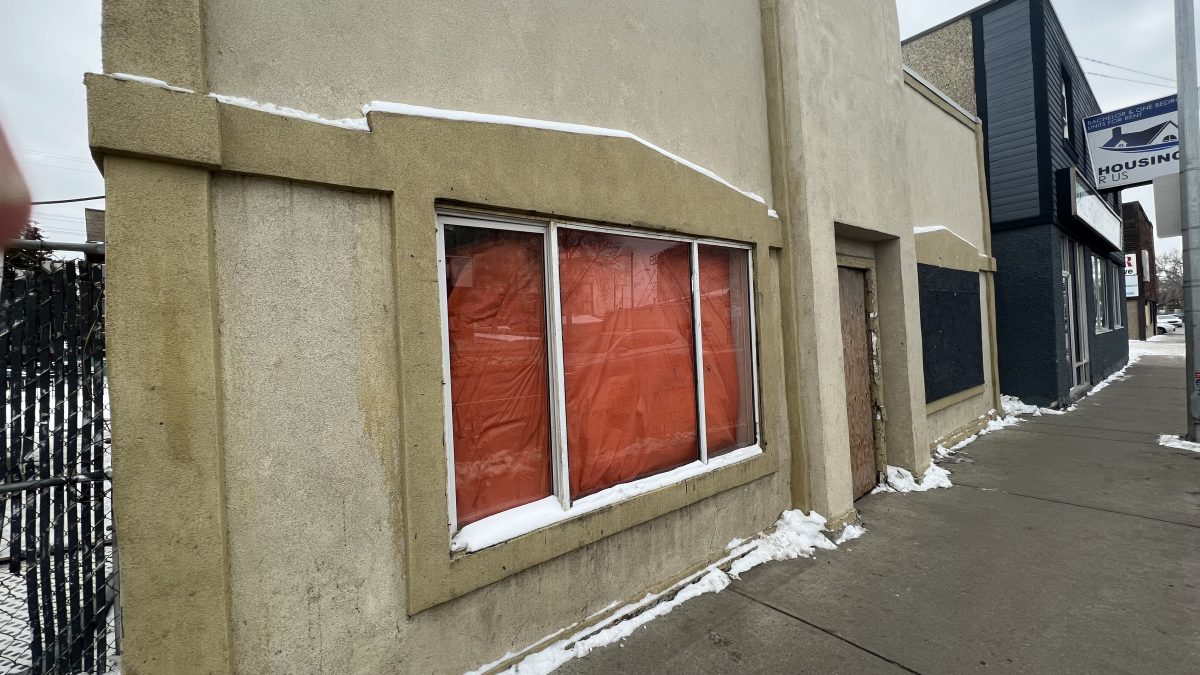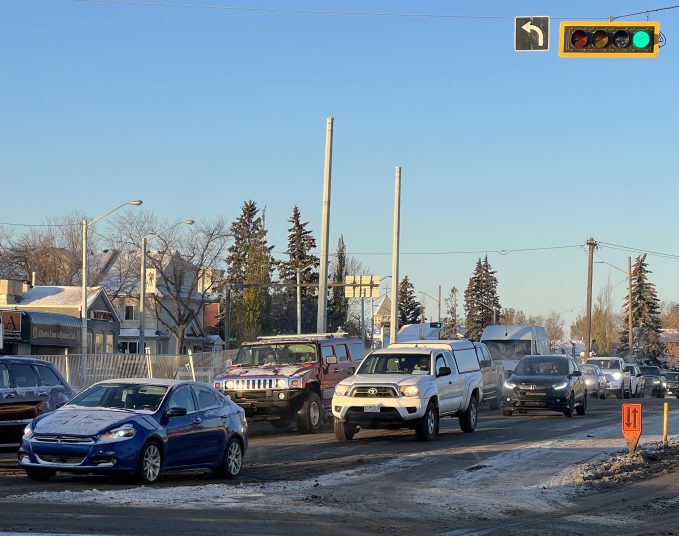The Zoning Bylaw Renewal Initiative. Sounds like the name of the most boring band ever assembled, right? You can see the gig poster now: Zoning Bylaw Renewal Initiative opening for Coldplay, for a night of the most inoffensive music ever.
But, if Urban Affairs can get you excited about zoning, we can change the world. Or, at least, Edmonton. And one of the areas that stands to benefit most from the changes that are expected to be made to the City of Edmonton’s bylaws is the inner city. Places like Alberta Avenue. It’s a discussion that’s of vital importance to Ward Métis Coun. Ashley Salvador.
“What comes up quite often from folks in my ward, is that many folks who have lived in the community for 40, 50 years, they’ve watched amenities disappear over the years,” says Salvador. “They can remember when there used to be a grocery store that is now gone.
“Ward Métis has the most closed schools in the entire city. In part, that’s because, over the last 40 to 50 years, we have seen population loss in a lot of our communities.”
Inner cities have similar stories across North America. At one time, they were vibrant hubs. But, as these neighbourhoods matured, the kids moved out of their parents’ homes. The suburbs boomed, so young families chose to move there rather than into older homes in these central neighbourhoods. The population of these inner communities dwindled. The playgrounds emptied out. Schools were closed. Businesses shut their doors.
But the City is undergoing a review of its zoning laws, looking to allow more mixed-use neighbourhoods. These laws will allow for more varied types of housing, allowing older communities to welcome townhomes or courtyard housing.
And even though the bylaw review is ongoing, Salvador already sees that initiatives to increase density are happening in the older communities in her ward.
“I think we’re starting to see that change,” says Salvador. “Pockets of Ward Métis are seeing more infill and new developments than others. But, over time, this is an absolute necessity if we’re going to get to a more sustainable place.”
If the residents return, she hopes that will mean spaces in older schools will be filled. New, local businesses will open. As well, it makes it more attractive for the big supermarket or drug-store chains to open or reopen locations in these places.
She says that while “infill” is a buzzword with developers and urbanists, she prefers the word, refill. “It’s about refilling our communities to sustainable population levels, so we can enjoy the amenities that we expect.
“If we zoom out, and see why infill is important from the City of Edmonton’s perspective, we simply cannot afford to continue sprawling outwards. We are eating into very valuable farmland and natural areas, while we’re in the middle of a climate crisis.”
She understands that, when it comes to infill, the stereotype is that builders are knocking down older, single-family homes and putting up new single-family homes to replace them. The new homes are expensive, and they do nothing to increase density.
“It’s not wrong, it’s unattainable,” says Savador.
She says that when the new zoning bylaws are enacted after the current review – and that’s expected some time in 2023 – there will be more tools for developers to add townhomes, courtyard housing and row housing to the urban form.
And she says it benefits her ward in two ways; affordable housing options will attract families, and they will offer options for those who have called the area home for a generation or more.
“It’s about welcoming young families into the neighbourhood, but it’s also about the seniors who have lived in the neighbourhood for a long time, and they want the ability to age in place. I think diversity in housing choice can cut across that spectrum.”
Savvy AF. Blunt AF. Edmonton AF.




